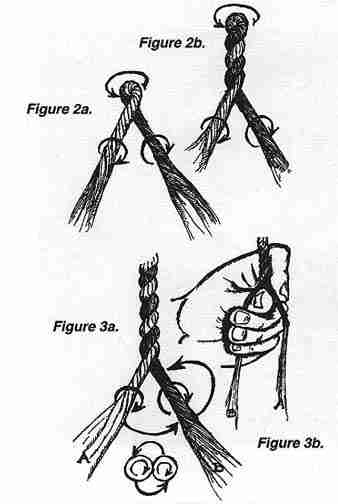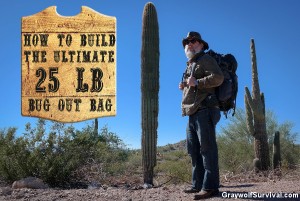 To survive a real survival situation in the wilderness, one of the most important skills you need to learn along with how to make fire or purify water is how to make cordage. A lot of people learn how to do things like start a fire without matches or a lighter or how to navigate through the woods but rarely do people spend the time to learn how to make cordage because they always bring it with them. You need to learn how to make cordage.
To survive a real survival situation in the wilderness, one of the most important skills you need to learn along with how to make fire or purify water is how to make cordage. A lot of people learn how to do things like start a fire without matches or a lighter or how to navigate through the woods but rarely do people spend the time to learn how to make cordage because they always bring it with them. You need to learn how to make cordage.
I have a great video on the subject that I’d like you to see, but first, some basics…
What is cordage used for?
Man, cordage is pretty much any kind of string or rope you can think of. You can use it to tie together a raft, tie up a hooch, tie up your catch of the day – pretty much to tie up anything that needs tyin’ up. You can also use it for things like fishing line or setting traps.
Also, you can use cordage to make clothes, tie on arrowheads, or make tools.
If you don’t have 550 cord or something similar with you, how would you do these basic things?
We take cordage for granted in the civilized world because it’s available everywhere. Shoestrings, 550 cord, electrical wire, fishing line, dental floss, kite string, clothesline – LOTS of things can be used for cordage in town. But what if you weren’t in town?
Luckily, making cordage is a skill that’s been around a long, long time. Rope impressions on clay pots have been found that were made about 28,000 years ago. Once you get the basics down, you’ll be surprised what you can make cordage out of.
The key to turning fibers into cordage is how you twist them together. This turns several smaller strings into a tough but flexible rope. Think of how easily you can break a pencil. Now put 10 of them in your hand and try to break them. It’s the same thing with rope.
How to make cordage from primitive materials
Making things like this takes a bit of practice, and is a lot easier if you’re taught from someone. I can’t come out to your house to teach you (you’re prolly not dressed right now anyway) but I can do the next best thing. Here’s a great little video from Ray Mears about how to make a rope from nettles, but you can use all sorts of similar material. He packs some really good info in such a short video:









Speak Your Mind